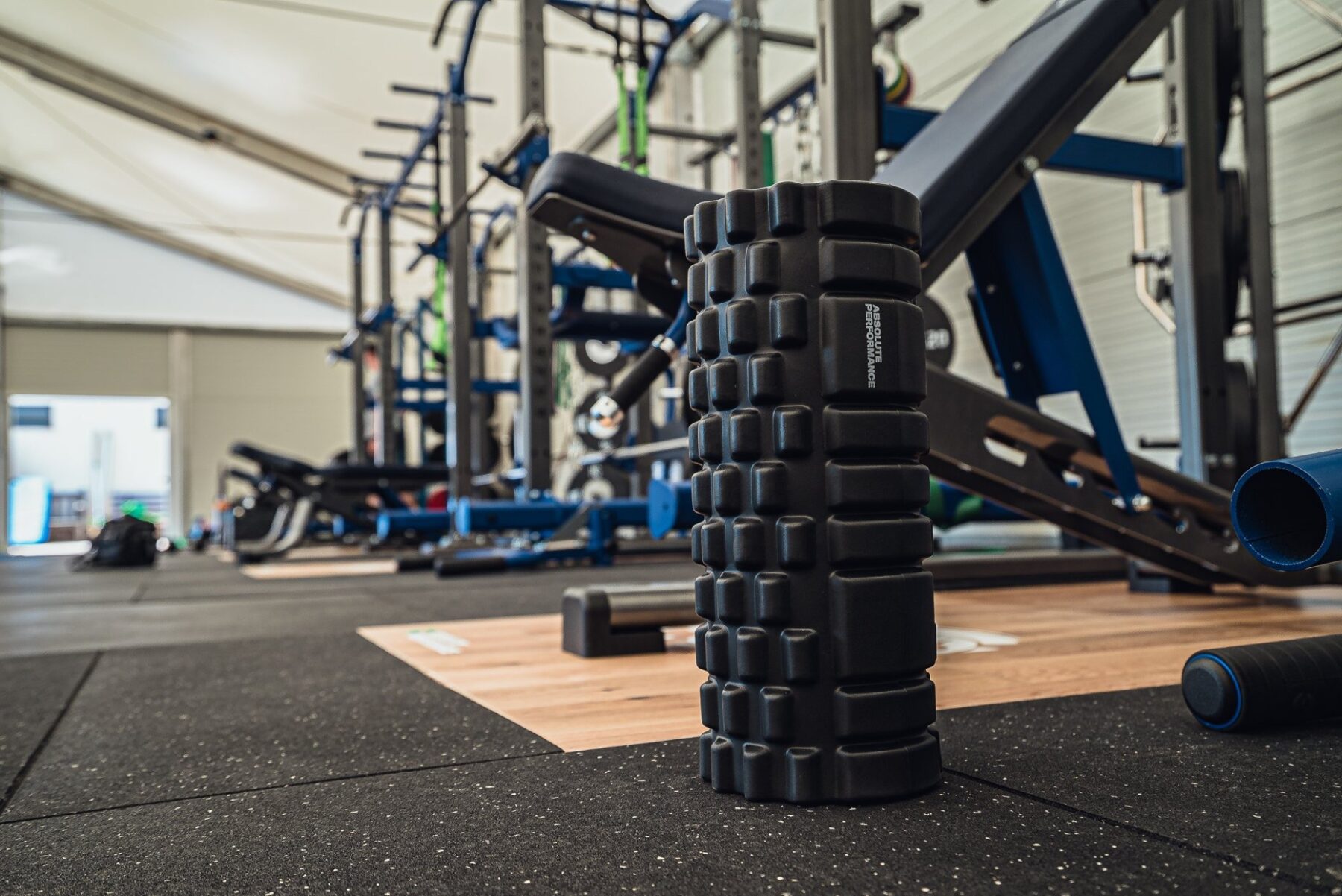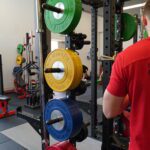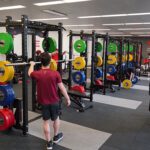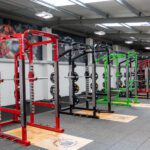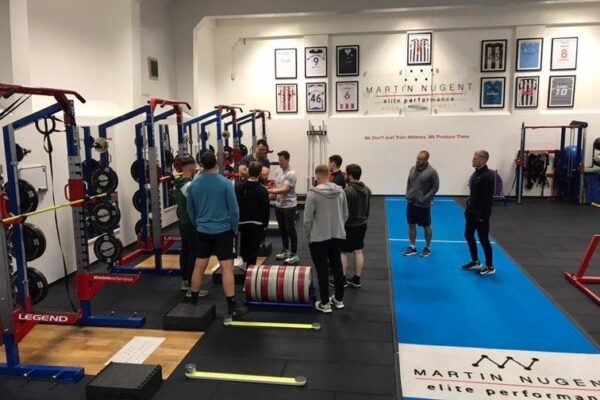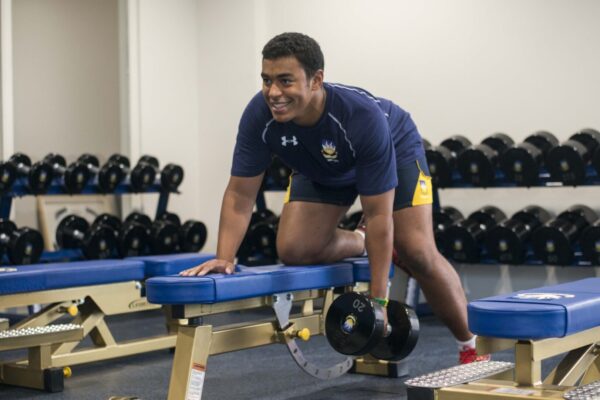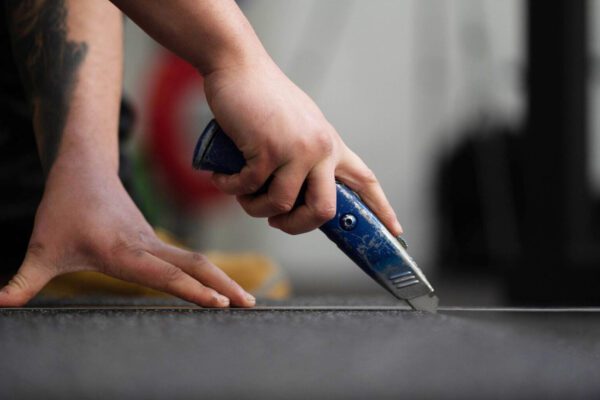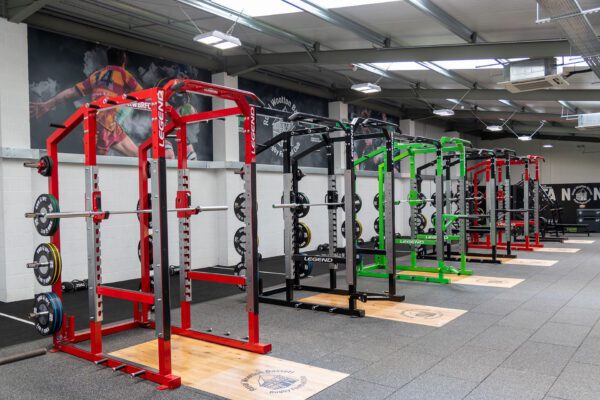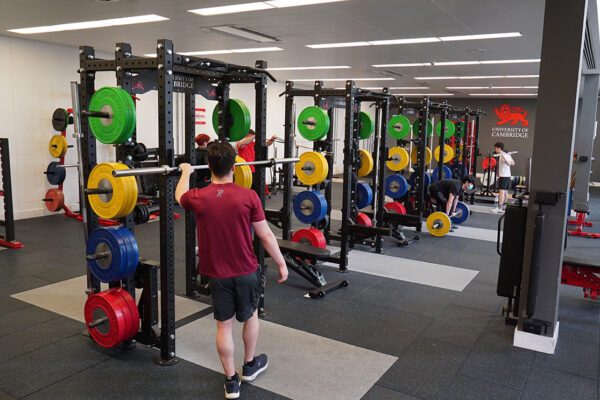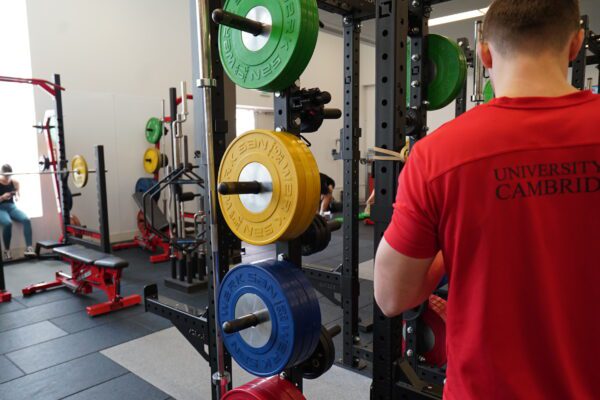RECOVERY IS TRAINING’S LONG LOST BROTHER
The two must go hand in hand, but recovery is often put towards the back of the list of priorities.
If you want to nail your recovery there are a few basics you can look to get right…
- Sleep
- Nutrition
- Hydration
- Stress management
… but from a physical standpoint, you have two options – passive vs active recovery.
Tell me if this sounds familiar; you train, you’re sore the next day, you spend the day chilling. This is passive recovery; it’s when you don’t do a whole lot (apart from some
serious Netflix hours). There are circumstances where you may need this kind of recovery but, overall, here’s why active is better.
Active recovery is what it says on the tin; on your recovery, or “rest”, days you’ll still perform some activity. It will be at a much lower intensity than your regular training, but it’ll still get the blood flowing. And that’s the point – getting blood flowing…
Let’s talk about your cardiovascular (CV) system. That’s your heart, blood vessels and blood. We know what they do:
- Your heart sits behind and slightly left of your sternum and pumps oxygen-packed blood through the aorta.
- From the aorta arteries carry the oxygenated blood to your body.
- When the oxygen is delivered and spent, veins carry deoxygenated blood (with CO2 waste) back to the heart.
That’s great – muscles need oxygen to produce energy during aerobic activity and
without it, you wouldn’t be doing a whole lot of moving – but providing oxygen to
Active Recovery: Why You Might Be Missing Out…
muscles and taking away carbon dioxide aren’t the only jobs that blood takes care of. In the context of recovery, increasing blood flow through active recovery can have some pretty amazing benefits:
- Promoted transport of nutrients to damaged tissue.
- Clearance of waste products.
- Elimination of muscle cell debris.
- Temporary analgesic (pain relief) effect.
- Increased muscle glycogen resynthesis (more glycogen stored = more available energy)
The important thing is that enhancing these mechanisms through active recovery should in turn, enhance your recovery from training.
Whilst the above makes perfect sense, research into the active recovery is far from conclusive and, like with most things, more is required. However, even whilst ignoring all of these potential benefits there is another reason that, for me, active beats passive nearly every time…
With active recovery you move, with passive you don’t (much). If your goal is weight loss then moving is always the better choice. It’s not so much about burning calories, but if you sit still for a full day just because you’re a bit sore from yesterday’s training then you’re tilting the calorie balance scales in favour of weight gain.
Even if adding muscle or strength is your goal, active recovery could be the perfect chance to hit some steady-state CV training and work on that endurance. Improved endurance can enhance strength and muscle growth, believe it or not, and it definitely enhances recovery, but that’s for another blog post…
As far as “what to do” goes, it can be anything. Here are some examples:
- Incorporate mobility or dynamic stretching day to your programme.
- Go for a walk/run/bike ride (delete as appropriate!)
- Lift, but go light and focus on form improvements where you know you’re weak.
- Yoga, rock climbing, swimming, hiking, kayaking, paddle-boarding, pilates, martial arts, etc.
Active Recovery: Why You Might Be Missing Out… Whatever it is, make sure you enjoy it. Have fun, keep moving.

